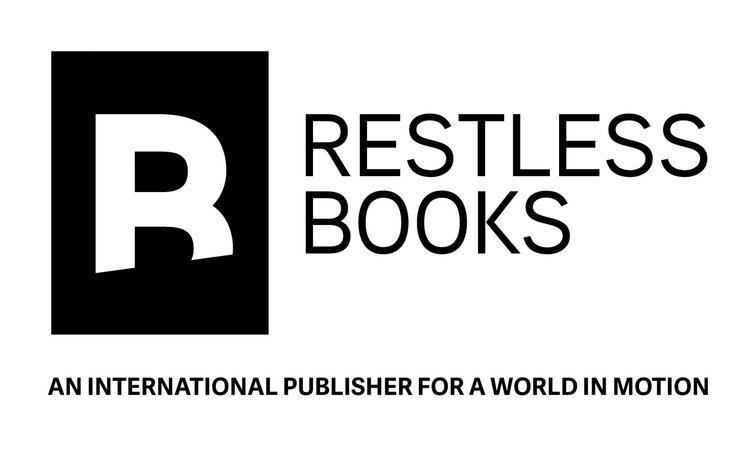Buy the eBook from:
Amazon
Apple
Barnes & Noble
Kobo
IS and JS: Tell us about your process for making engravings.
E: In the beginning, I think and imagine each scene. Then, I take my knife and attack the plate with furious lines, like a battle between my mind and the iron plate. I make hundreds of drawings, but taking them to the plate is a fatal process, absolute, with no return. When the drawing is finished, the plate is dipped in nitric acid and burns the drawing while its vapors invade my lungs. After some cases when you print it, it is a tragedy. In others, it’s close to the initial intention, but it’s never perfect.
How is the eBook version of Pancho Villa Takes Zacatecas different from the print edition?
The difference is about mediums. You have almost the same book; the design work to adapt the format was very detailed. Maybe it’s a different kind of fetishism—the machine or the object.
What do you think of José Guadalupe Posada?
Posada to me is the first urban artist, a guerrilla for art. His work is made for the streets and the people. He uses the cheapest paper and makes his prints everyday with gossip, murders, and political criticism. Posada is the teacher of Banksy, Shepard Fairey, and all those new artists. But Posada is different because he worked to the limit, in the middle of a war.
Your work interacts with both European and Mexican artistic traditions. German Expressionism (Käthe Kollwitz’s prints come to mind) and Day of the Dead imagery seem especially present. Who are your influences, aside from Posada?
Otto Dix’s The War etchings. Frans Masereel and his total black wood cuts—the constructions of his images and his notion of space. I studied Russian constructivism and Hans Holbein’s Dance of Death. I think of art as a continuum, and the epic quality of this novel demanded a dangerous language, syncretic and cruel.
Why is Pancho Villa such an icon? What is his ugly side?
The revolution is always ugly for its enemies. Villa is a rebel; he has a natural sense of justice. If Villa were alive now, he surely would make a new revolution—against the financial system, for example.
The book is based on a chapter of Paco Ignacio Taibo II’s biography of Villa. How did the idea for turning it into a graphic novel come about?
The graphic novel is about heroes and is the ideal language for action. Paco and I are a team, like the Blues Brothers.
What happened with all the civilians during the Battle of Zacatecas? They seem conspicuously absent in the book, with one panel noting that the streets were abandoned. Were they evacuated, or did they get caught up in the fight?
The Zacatecas natives have their roots from the Chichimecas, a very brave tribe. When the war fell on them they hid in the cellars. They resisted and saw rivers of blood in the streets. The bullets sounded like rain, and they starved.
The book’s last page clarifies that the book is “a mix of fiction and reality.” Isn’t everything in life that way?
Fiction is better than reality. Revolution is a chaos of blood and pain, but in the novel it has a logical order; it is a story with a conclusion.
The journalist John Reed was not present at Zacatecas, but his presence serves as a convenient stand-in for the curious reader who needs to ask questions to get acclimated. When is it inappropriate to bend reality like this?
History is a science that implies you can speculate with facts to seek the truth; Reed was a war journalist, the perfect witness.
Mexico celebrated the centennial of the revolution a few years ago. Has the revolution really ended?
The revolution is an urgent process to break our state of conformism and apathy; we need a new revolution in the collective mind. The systems are made by the powerful, and they have interests, not missions. We need a different system—more egalitarian, more human.
Get Email Updates From Restless



